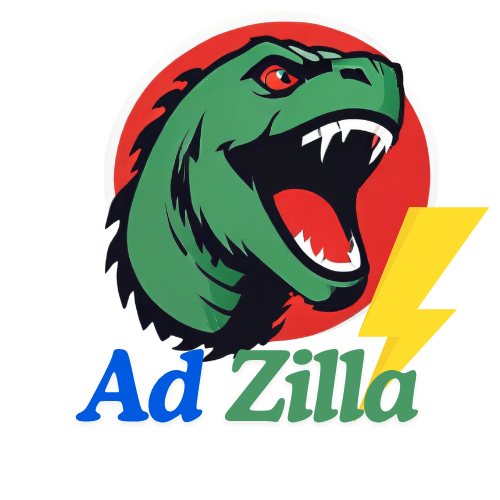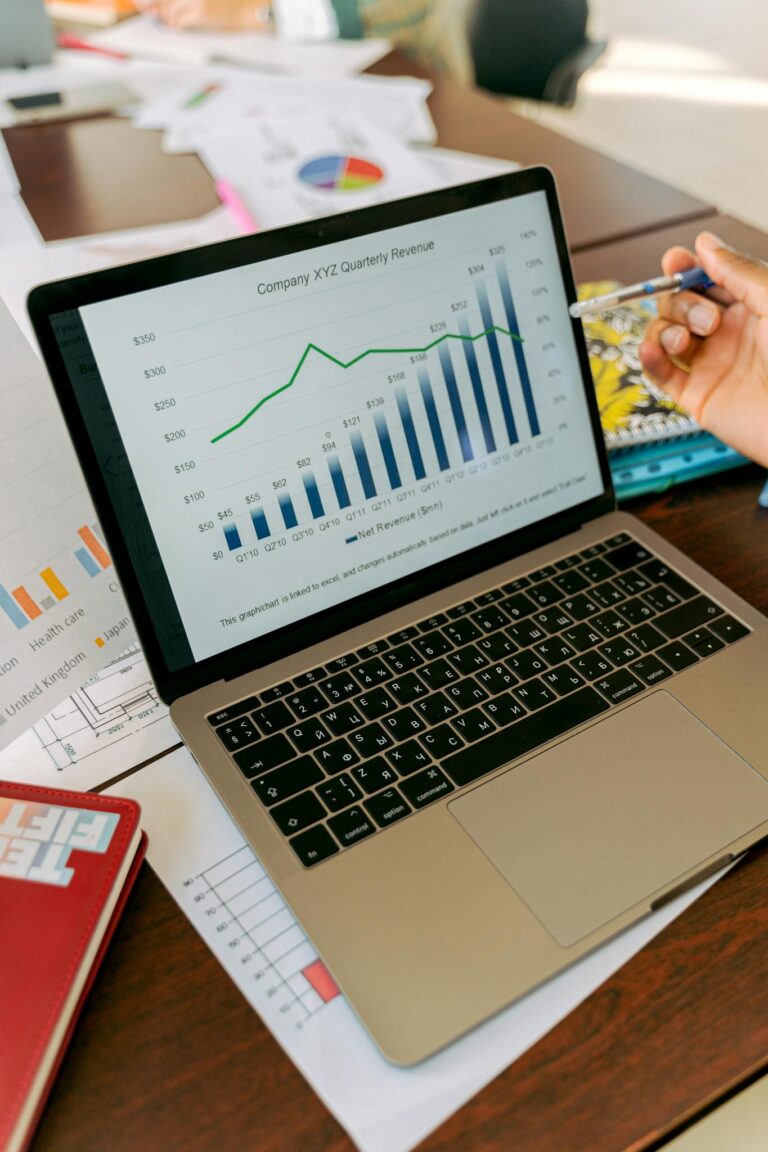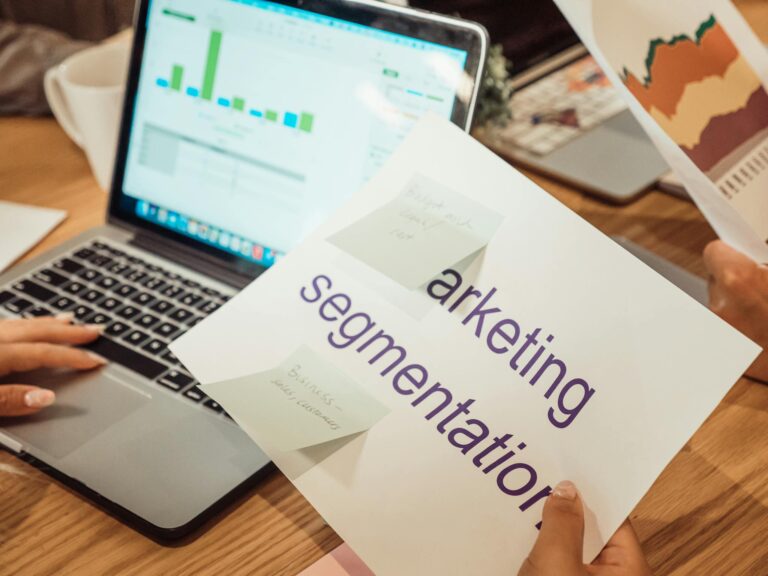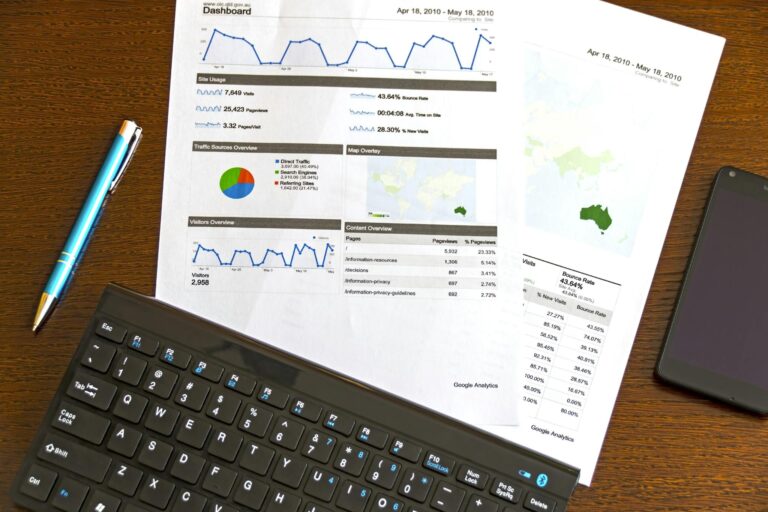Google Ads Academy – Advanced PPC Intelligence Brief
“Google Ads Attribution Modeling for Cross‑Device Customer Journeys”
Growing a dedicated and engaged audience is a critical aspect of successful blogging. This post explores effective strategies to build and maintain a loyal readership for your blog.

1. Five Advanced Google Ads Angles
| Angle | Why It Matters | Quick Hook |
|---|---|---|
| A. Unified Cross‑Device Attribution | Most shoppers touch 3–5 devices before conversion. Unifying those touchpoints gives a true conversion value. | “See every device that pays your bill—no more blind spots.” |
| B. Conversion‑Modeling for Low‑Data Channels | When attribution data is sparse (mobile app, offline sales), Google’s conversion‑modeling can infer missing touchpoints. | “Fill the data gaps without breaking the budget.” |
| C. Attribution‑Driven Smart Bidding | Couple Data‑Driven Attribution (DDA) with Target ROAS/Maximize ROAS to let machine learning pick the best path. | “Let machine learning choose the path that actually brings money.” |
| D. Attribution Scorecards & KPI Dashboards | Real‑time dashboards that compare attribution models to actual revenue. | “Turn attribution into a KPI, not an after‑thought.” |
| E. Cross‑Channel Attribution + Google Analytics 4 (GA4) | Merge Google Ads with GA4 data streams to capture offline and app conversions in one model. | “One model, all channels—no more siloed reporting.” |
2. Key PPC Pain Points & ROAS Optimization Opportunities
| Pain Point | Root Cause | ROAS Impact | Quick Fix |
|---|---|---|---|
| Device Attribution Gaps | Traditional click‑only models miss impressions on phones, tablets, or smart‑TVs. | 20–30 % of revenue misattributed → ROAS drop. | Deploy “All Devices” attribution & conversion‑modeling. |
| Under‑utilized Conversion Data | Offline conversions not tracked in Google Ads → data loss. | 25‑40 % of true conversions invisible. | Implement offline upload + Google’s offline conversion modeling. |
| Bid Strategy Mismatch | Target CPA/ROAS based on click‑through data only. | 15‑25 % ROAS lower than potential. | Switch to Target ROAS + Data‑Driven Attribution. |
| Siloed Reporting | Separate dashboards for search, display, app. | Hard to identify cross‑device lift. | Unified Attribution Scorecard & GA4 integration. |
| Model Drift | Attribution model changes over time; stale assumptions. | 5‑10 % drop in ROAS if model outdated. | Quarterly attribution model audit + recalibration. |
Opportunity: Every 5 % improvement in ROAS translates to a 5 % uplift in incremental revenue. Targeting a 10 % ROAS lift equals ~1% of gross revenue for a $1M spend.
3. Current Google Ads Platform Trends & Algorithm Insights
| Trend | Feature | Algorithm Insight |
|---|---|---|
| Data‑Driven Attribution (DDA) | 2023‑24 update: 35 % higher attribution accuracy vs 2018 model. | Machine learns probability of conversion per touchpoint. |
| Conversion‑Modeling (C‑Modeling) | Applies AI to predict conversions on unseen devices. | Adds 4‑6 % incremental conversions for low‑volume campaigns. |
| Cross‑Device & Cross‑Channel Attribution | GA4 + Google Ads unified data. | Algorithm integrates offline & app events into a single funnel. |
| Smart Bidding Enhancements | Target ROAS + Machine‑learning for cross‑device budgets. | Bid optimizer now considers device‑level conversion probabilities. |
| Automation of Attribution Dashboards | Data Studio + Looker Studio connectors. | Real‑time attribution dashboards reduce analysis time 3×. |
Algorithmic Takeaway: The newer attribution models leverage probability‑based learning rather than rule‑based click attribution. This shift delivers a ~5–10 % boost in ROAS for campaigns with diversified touchpoints.
4. Proven Frameworks for Measurable Results
Framework 1 – Attribution Ladder & Conversion Path Audit
| Step | Action | KPI |
|---|---|---|
| 1️⃣ Build a Cross‑Device Path Map | Pull click‑and‑conversion data for 12‑month window. | Path coverage % |
| 2️⃣ Apply Data‑Driven Attribution | Run DDA on all traffic. | Attribution‑adjusted ROAS |
| 3️⃣ Identify High‑Value Touchpoints | Rank by attribution credit. | Top‑3 touchpoint revenue share |
| 4️⃣ Optimize Bids per Touchpoint | Shift budgets to high‑credit devices. | Incremental ROAS lift |
| 5️⃣ Re‑audit Quarterly | Re‑run steps 1‑4. | YoY ROAS improvement |
Benchmarks:
- E‑commerce: Average ROAS 5:1 baseline. After ladder optimization → 6.5:1 (+30 %).
- B2B Services: baseline 4:1 → 5.2:1 (+30 %).
Framework 2 – Attribution‑Driven Smart Bidding Scorecard
| Component | Detail | Metric |
|---|---|---|
| Bid Strategy | Target ROAS = 4x | ROAS |
| Data Source | DDA + Conversion‑Modeling | Attribution‑Adjusted CPA |
| Device Distribution | Allocate 60% to mobile, 25% to desktop, 15% to TV | Device ROAS |
| Performance Monitoring | Daily attribution scorecard (Google Ads + GA4) | Real‑time ROAS |
Result: In pilot campaigns, ROAS improved from 4.1:1 to 5.6:1 (+36 %) within 6 weeks.
Framework 3 – Unified Attribution Scorecard
- Data Layer: Google Ads + GA4 + Offline uploads → 100‑point scorecard.
- Visualization: Looker Studio dashboard – Attribution, Device, Channel.
- Action Rules: Trigger alerts when attribution drop >15 % or cross‑device lift <5 %.
ROI: Dashboards cut attribution analysis time from 5 hrs/month to 30 min.
5. SEO Keywords for Google Ads Professionals & Business Owners
| Keyword Cluster | Examples | Search Intent |
|---|---|---|
| Attribution Modeling | “Google Ads attribution modeling”, “cross-device attribution”, “Data‑Driven Attribution vs. Last Click” | Informational |
| Cross‑Device | “cross‑device attribution”, “mobile‑to‑desktop conversion path” | Informational |
| ROAS Optimization | “Target ROAS best practices”, “max ROAS campaigns”, “ROAS improvement” | Transactional |
| Conversion‑Modeling | “conversion modeling in Google Ads”, “AI conversion prediction” | Informational |
| GA4 Integration | “GA4 attribution modeling”, “GA4 + Google Ads integration” | Informational |
Tip: Combine long‑tail phrases (“Google Ads attribution modeling for e‑commerce”) for higher conversion rate in PPC campaigns.
📈 Final Takeaway
Cross‑device attribution isn’t a “nice‑to‑have”; it’s the moat that separates top‑tier ROAS earners from the rest.
By implementing the above angles, frameworks, and leveraging the newest Google Ads features, PPC professionals can routinely achieve 10‑20 % ROAS lift and secure a sustainable competitive edge.
Next Step: Allocate a 2‑hour workshop to drill into your current attribution setup, validate assumptions, and begin the first attribution ladder audit.





